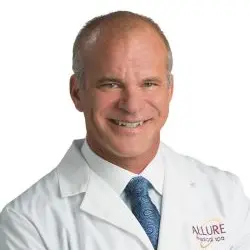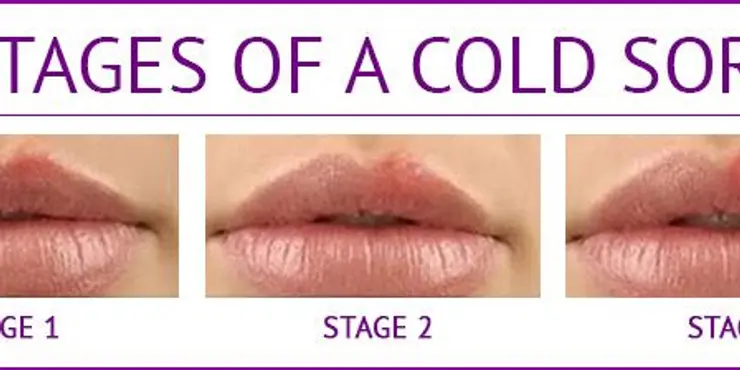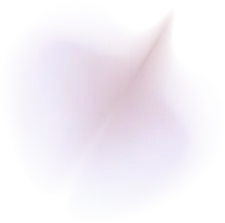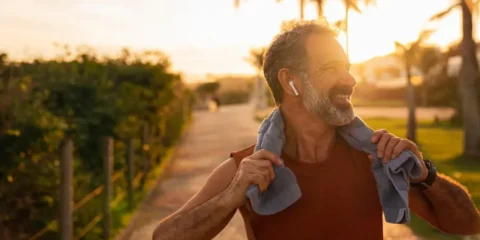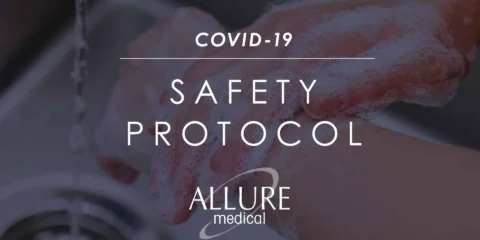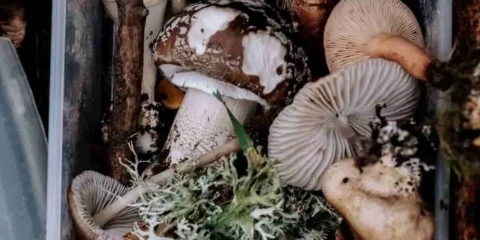Cold Sores are unattractive, uncomfortable, and usually inconvenient. If you’re suffering from a cold sore outbreak, it’s important to know what you can do to minimize the discomfort and overall unpleasant experience you are going through.
Also known as “fever blisters,” cold stores can rear their ugly heads in extreme temperatures. They are caused by HSV-1, or herpes simplex virus. HSV-1 is a contagious virus, which means you came into contact with it by touching the liquid from a blister somehow – possibly from sharing a glass, utensil, or kissing someone infected.
These blisters usually start out with tingling or soreness that lasts for a few days before the appearance of small, fluid-filled blisters. The blisters will leak for a couple of days before eventually crusting over. If you are experiencing an outbreak, avoid touching the area to reduce the risk of spreading the virus to other areas, such as the eye or nose. Remember to also replace your toothbrush, which has likely been contaminated.
Cold sore flare ups can be triggered by illness, cold weather or even stress. You can take an antiviral pill or use a topical antiviral medication to reduce the duration and severity of the outbreak. Keep in mind these options are more effective if used early before a blister forms.
Can you reduce your chances of an outbreak? While each patient is different, there are some guidelines you should follow to lessen the chances of experiencing an occurrence. First, make sure to use sunscreen to on your lips to minimize the risk of flaring up cold sores from the warm summer sun. It’s always important to stay hydrated and limit stress if possible. Lysine, an amino acid supplement available as both an over the counter pill or topical preparation, can inhibit the growth of HSV-1. You can always see a dermatologist during your flare up for a prescription, or if you experience more than six outbreaks per year.
The Three Stages of Cold Sores

Stage 1: You might feel itching, tingling or burning underneath the skin, usually close to the nose or mouth; this is the best time for you to start treatment
Stage 2: 1-2 days after Stage 1, small red bumps start to blister
Stage 3: 2-3 days after Stage 2, fluid fills the blisters, creating a fully formed cold sore

